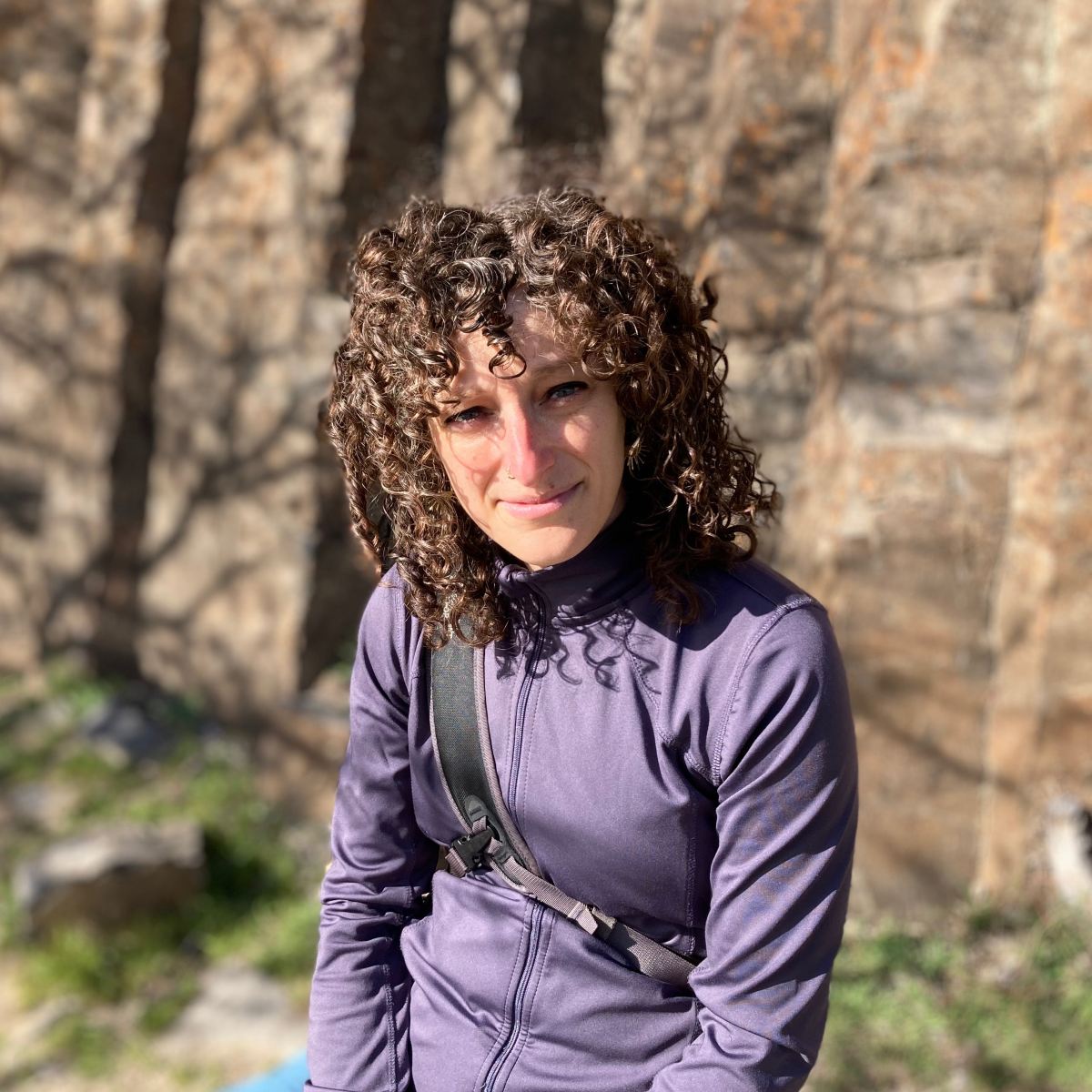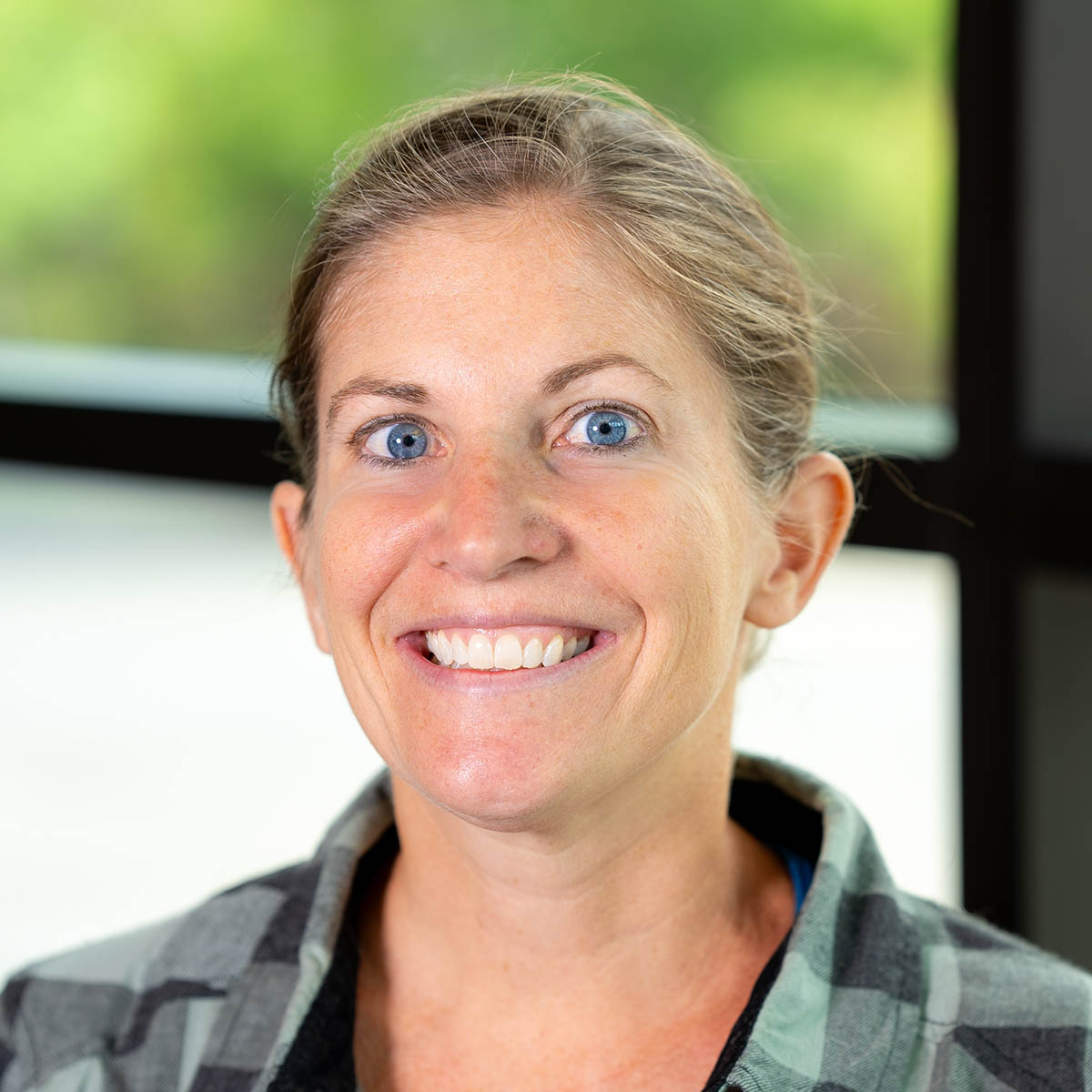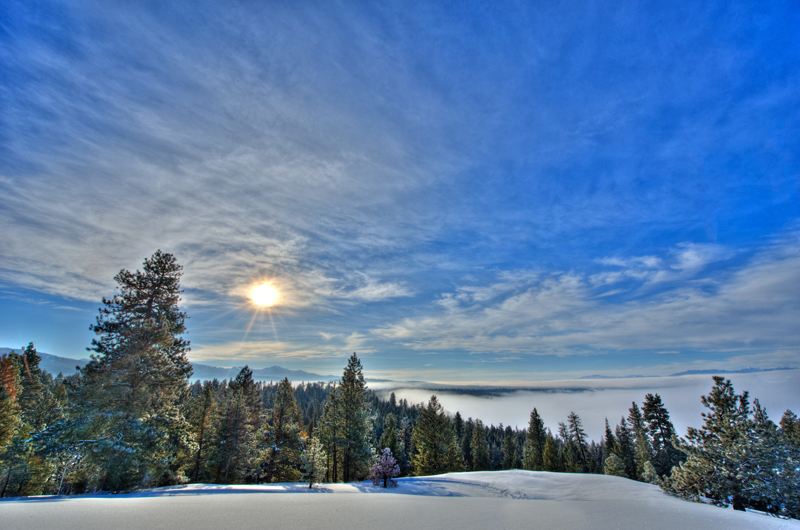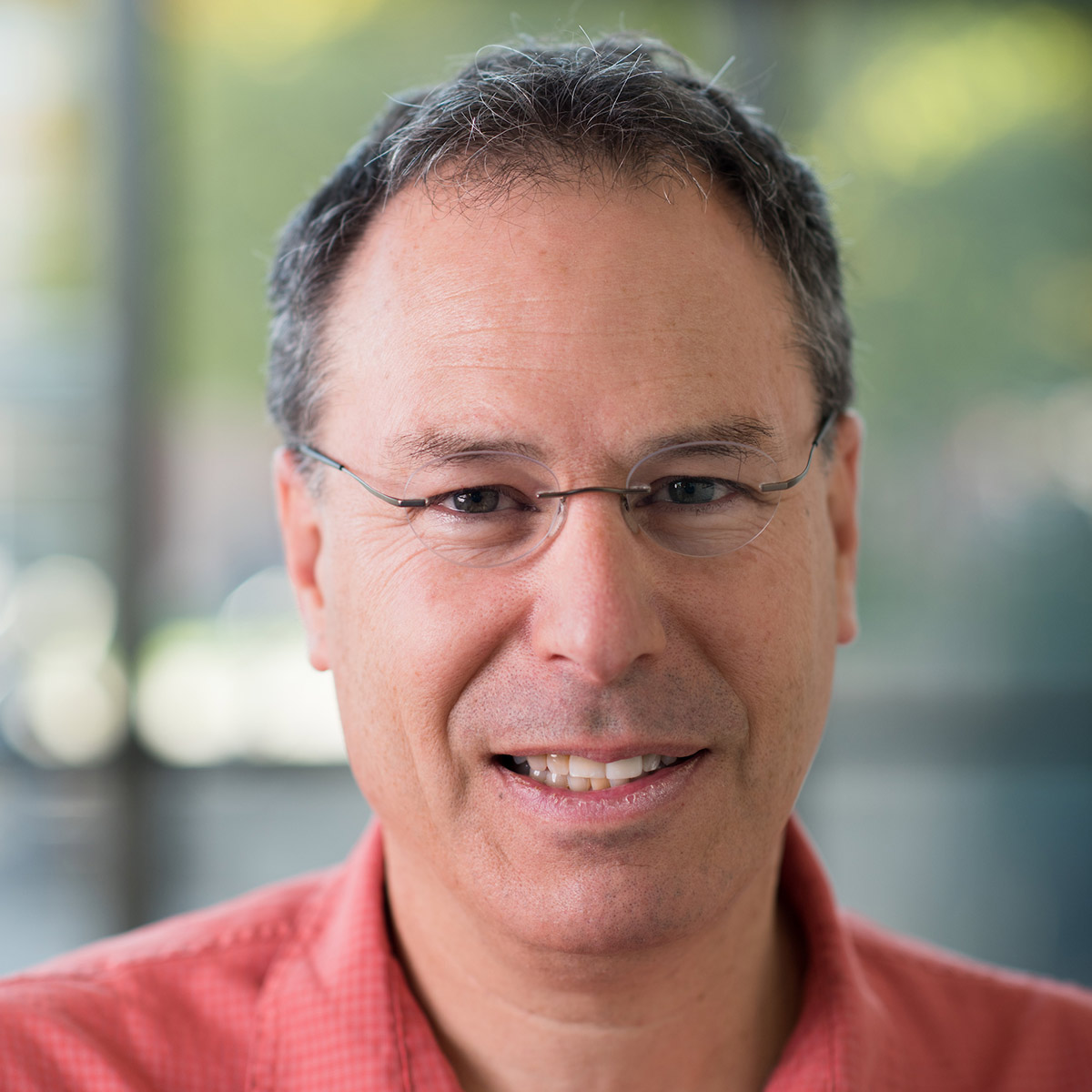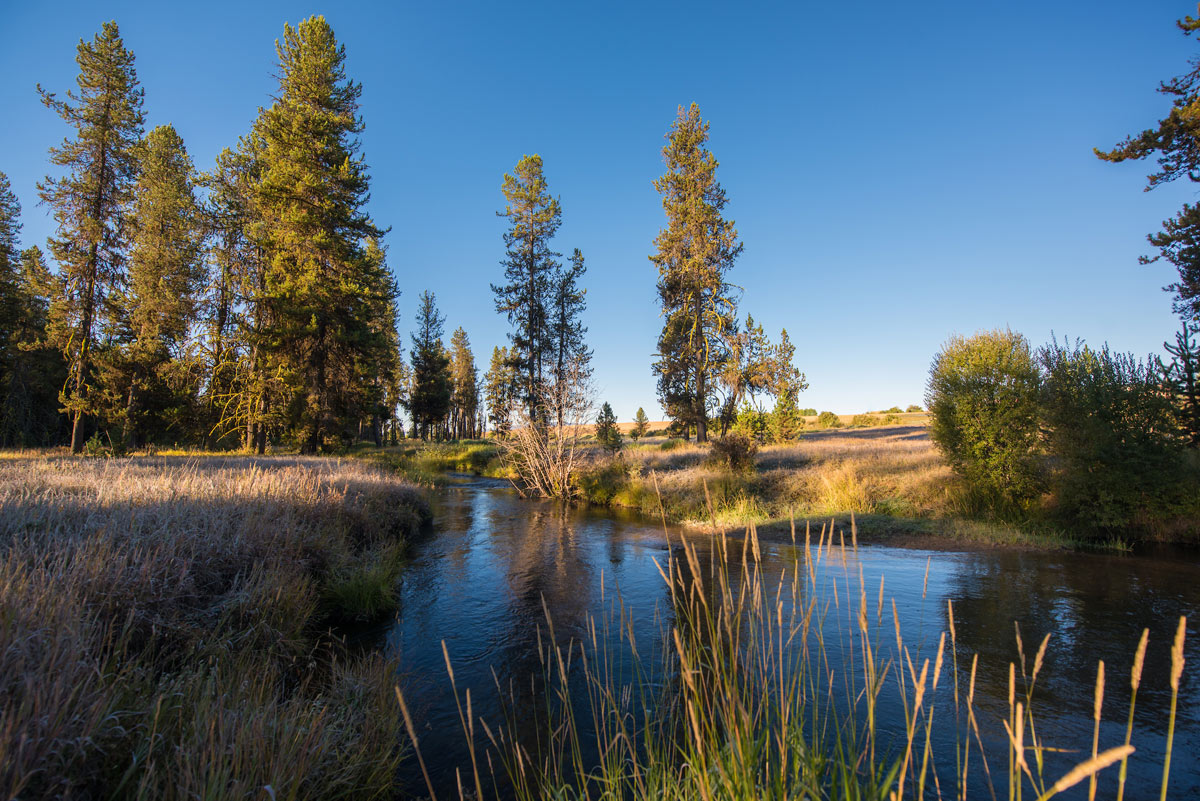Humanities Join the Sciences in Teaching Vandals About Climate Change
Climate change doesn’t just affect scientists. Climate change affects everyone, including writers and lawyers, artists and sociologists. Learn how the University of Idaho is engaging all our students in conversations about climate change.
A course on climate change fiction and an environmental law program are just some of the opportunities students and faculty members have to engage with issues that arise from the world’s changing climate. Read about some of the classes at U of I that explore this global issue.
Bringing Climate Change Off the Page
In 2018, Erin James, an associate professor in the University of Idaho’s Department of English, started teaching a class about climate change: a class on climate change fiction.
The class delves into the representations of climate change in narratives and stories and debates the effectiveness of different literature at characterizing the complex subject matter – as well as keeping students’ attention. For example, students discuss whether a humorous or incredibly strange science fiction story can effectively engage an audience compared to the more classic apocalyptic storyline, which James said people can become numb to.
“Stories are powerful mechanisms to get people to question their assumptions, behaviors and values, or take on a character’s assumptions and behaviors and values,” James said. “A story about characters dealing with climate change can encourage us to think about climate change in a way that we might not if we just see raw scientific data or endless news stories.”
Students from every discipline are welcome, and James said all students benefit by learning about communicating complex subjects to any audience in an imaginative way.
Erin James
Associate Professor: Department of English
Article by Leigh Cooper, University Communications and Marketing.
Inspiring Individual Change Through Climate Change
In spring 2019, the University of Idaho Department of Sociology and Anthropology began offering a new course titled Climate Change and Society. This course covers the social, economic, political and cultural dimensions of climate change.
“One thing we know about complex political issues is that, in the absence of hope and agency, fear can paralyze people from thinking about or engaging with social problems,” said Kristin Haltinner, assistant professor of sociology in U of I’s College of Letters, Arts and Social Sciences.
Climate Change and Society aims to help students overcome that fear. The class is organized to teach students about the human and societal dimensions of climate change and inspire them to make changes in their own lives on a cultural and societal level.
Students complete semester-long projects on a topic of their choosing. In spring 2019, students helped Greek houses calculate and curb their carbon emissions, worked to improve product labeling to clarify if certain containers are recyclable and wrote a young adult graphic novel on climate change.
Haltinner hopes the course presents the reality of human contributions to climate change and the impact it has on human populations. She wants to empower students to imagine and implement their own strategies to mitigate the effects of anthropogenic climate change and its impact on vulnerable populations.
Kristin Haltinner
Associate Professor: Department of Culture, Society and Justice
Article by Autumn Myers ’19, College of Letters, Arts and Social Sciences
Climate Change Certificate Offered in Earth and Spatial Sciences
The effects of climate change pose risks on a local, national and global scale. At the University of Idaho, a climate change certificate is designed to inform students about climate literacy across a range of disciplines. Offered through the Department of Earth and Spatial Sciences, the 12-credit curriculum builds in the flexibility for students to choose course topics of interest to them.
Associate Professor Jeffrey Hicke researches climate change and global environmental change and is one of two U of I faculty members who advise on the certificate.
“Climate change is an important and prevalent problem in society,” Hicke said. “Receiving a certificate is beneficial to students as they are able to distinguish themselves from other job applicants.”
As the issue continues to stimulate concern, Hicke said employers in all fields will seek to hire people with an understanding of climate change and how it relates to various careers.
The climate change certificate curriculum emphasizes U of I’s mission and focuses on subjects including knowledge of the science of climate change, its potential impacts, and adaptation and mitigation strategies to build climate-resilient societies and landscapes. It can be obtained through a combination of geography, geology and sociology courses.
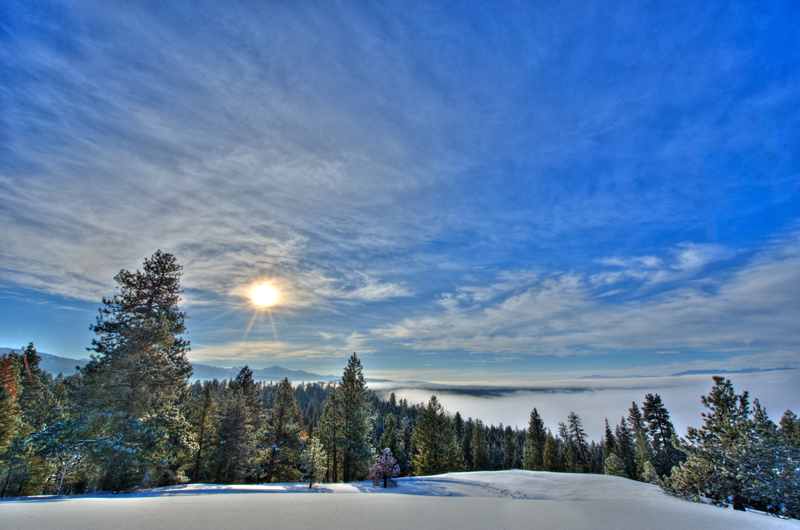
Article by Kylie Smith ’21, College of Letters, Arts and Social Sciences
Humanities Scholars Consider the Connection Between Humans and the Earth
The emerging field of environmental humanities sees the scholar’s state of mind as more important than location when considering questions pertaining to the Earth’s climate, conservation of natural resources, environmental justice, animal rights and sustainability.
Scott Slovic, professor in the Department of English, has taught the techniques of environmental humanities in the wilderness and in densely urban areas throughout the world. Regardless of location, he instructs students to shift their mindset to concentrate on the world around them.
“This work can happen anywhere, even indoors,” he said.
English Associate Professor Erin James also knows the benefits of viewing life through an environmental lens. James and Slovic came to U of I after cultivating the field of ecocriticism at the University of Nevada, Reno.
Today, the environmental humanities is about “all of us who live on the planet and think about our relationship to the world we live in,” Slovic said. Since coming to Moscow in 2012, he and James have joined other faculty members — including English associate professors Jennifer Ladino and Anna Banks — as explorers in the field that brings an environmental focus to traditional areas of study in the humanities.
Read more about environmental humanities.
Article by Brad Gary, University Communications and Marketing.
College of Law’s Concurrent Degree Programs Give Students an Edge
The law shapes our interactions with the natural world. From land use to water rights to city planning to agriculture and food. By earning a law degree alongside an advanced degree in science, students see how the complexities of real-world science interact with national, state and tribal laws and policies on issues like climate change.
“Not only was I able to study water as a life source for fish, tribal members, farmers, recreators and others who rely on it but also gain an understanding of the legal and cultural mechanisms that facilitate conservation efforts,” said Adam Wicks-Arshack, a concurrent Juris Doctor and doctoral student in the University of Idaho’s Water Resources Program. “That combination truly puts my education into practice.”
At the intersection of law, science and society, U of I’s concurrent degree programs offer students the foundation for solving some of the most difficult problems society faces. Degree programs include:
- J.D./M.S. in Environmental Science
- J.D./M.S. in Water Resources
- J.D./Ph.D. in Water Resources
- J.D./M.S. in Bioregional Planning and Community Design
- J.D./P.S.M. in Natural Resources and Environmental Science
- J.D./M.S. Applied Economics
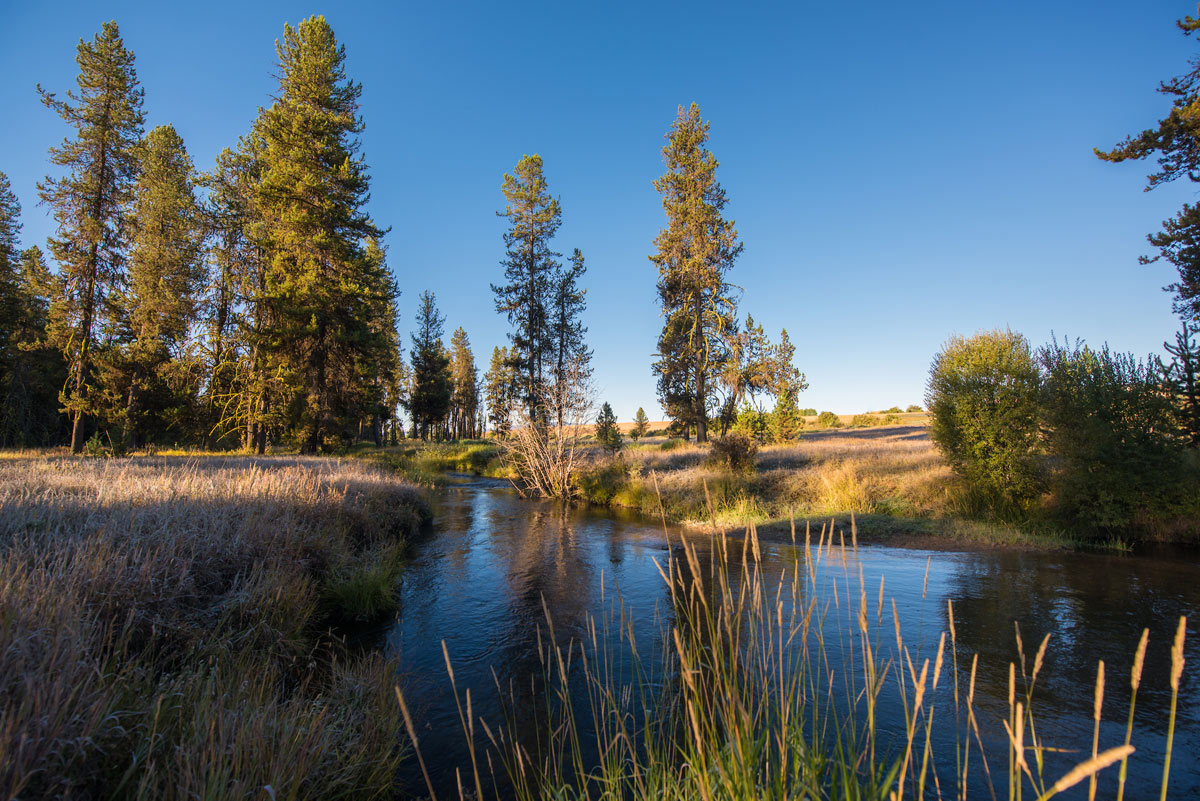
Article by Christina Mangiapani, College of Law.
Published May 2019.







